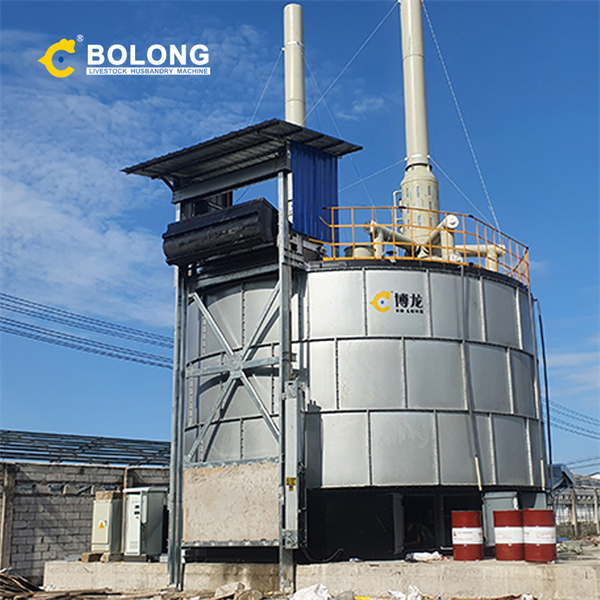Introduction: Fermentation tank design has evolved significantly over the years, incorporating new technologies and materials. This article traces the evolution of fermentation tank design and its impact on manure management efficiency.

Early Designs: Early fermentation tanks were simple structures with basic aeration and temperature control. These designs laid the foundation for modern tanks but had limitations in efficiency and capacity.
Technological Advancements: Advancements in technology have led to more sophisticated fermentation tank designs. Modern tanks feature automated control systems, advanced aeration techniques, and improved insulation materials.
Sustainability Focus: Recent designs prioritize sustainability, incorporating renewable energy sources and efficient resource use. Innovations such as solar-powered tanks and heat recovery systems reflect this focus.
Case Study: A pig farm upgraded to the latest fermentation tank design, which included automated controls and solar power integration. The farm reported a 30% increase in composting efficiency and significant energy savings.
Conclusion: The evolution of fermentation tank design has significantly improved manure management efficiency. Modern designs incorporate advanced technologies and sustainability features, making them more effective and environmentally friendly.